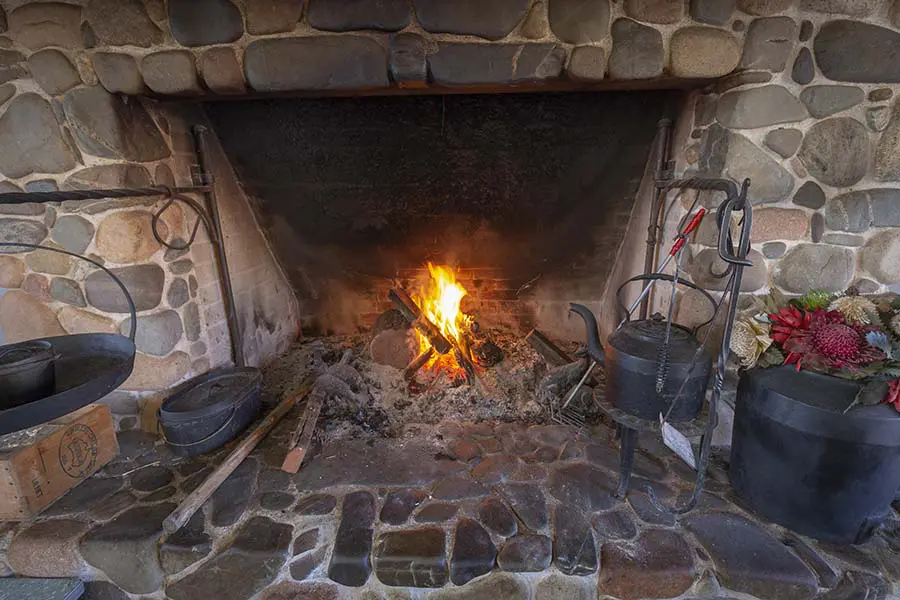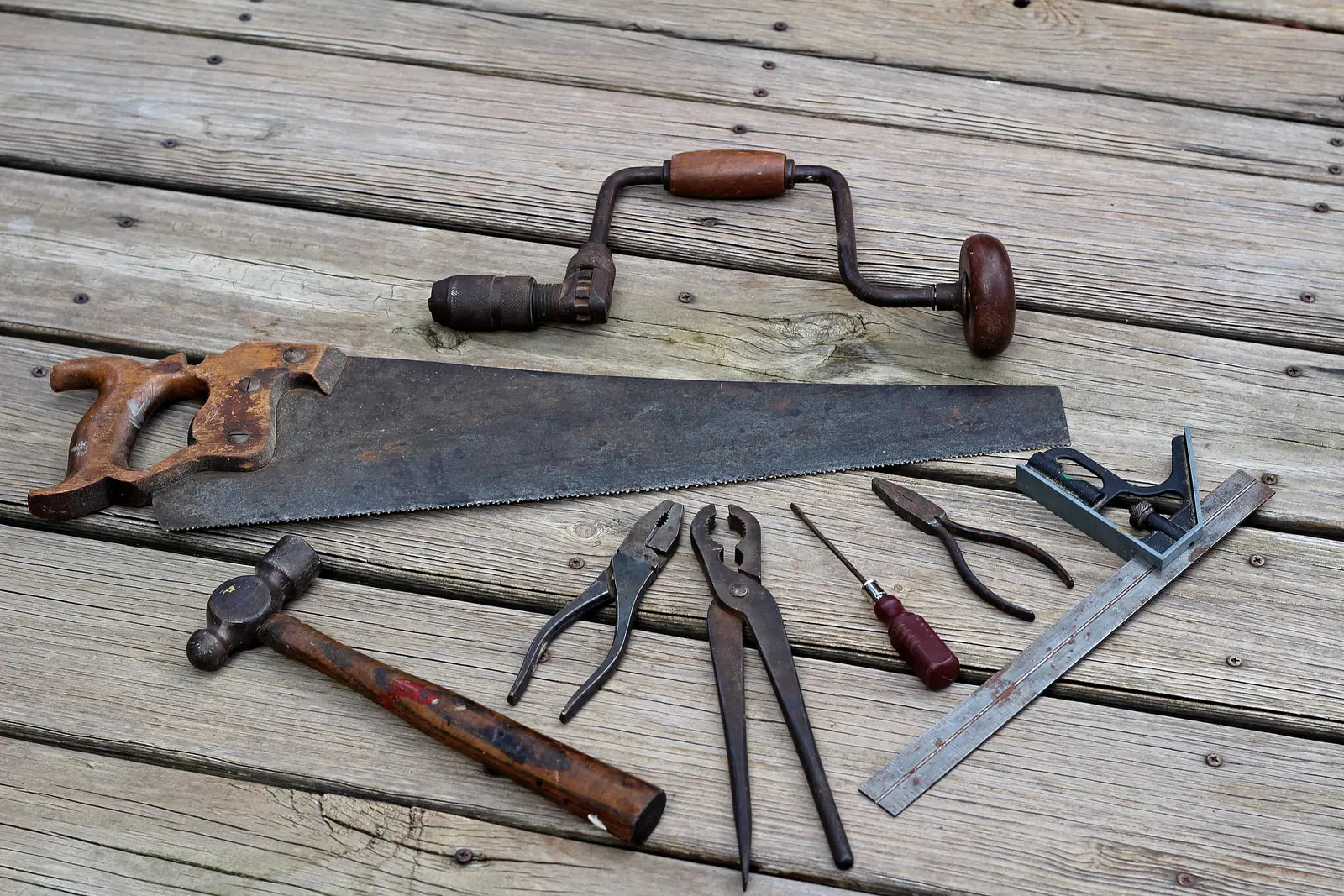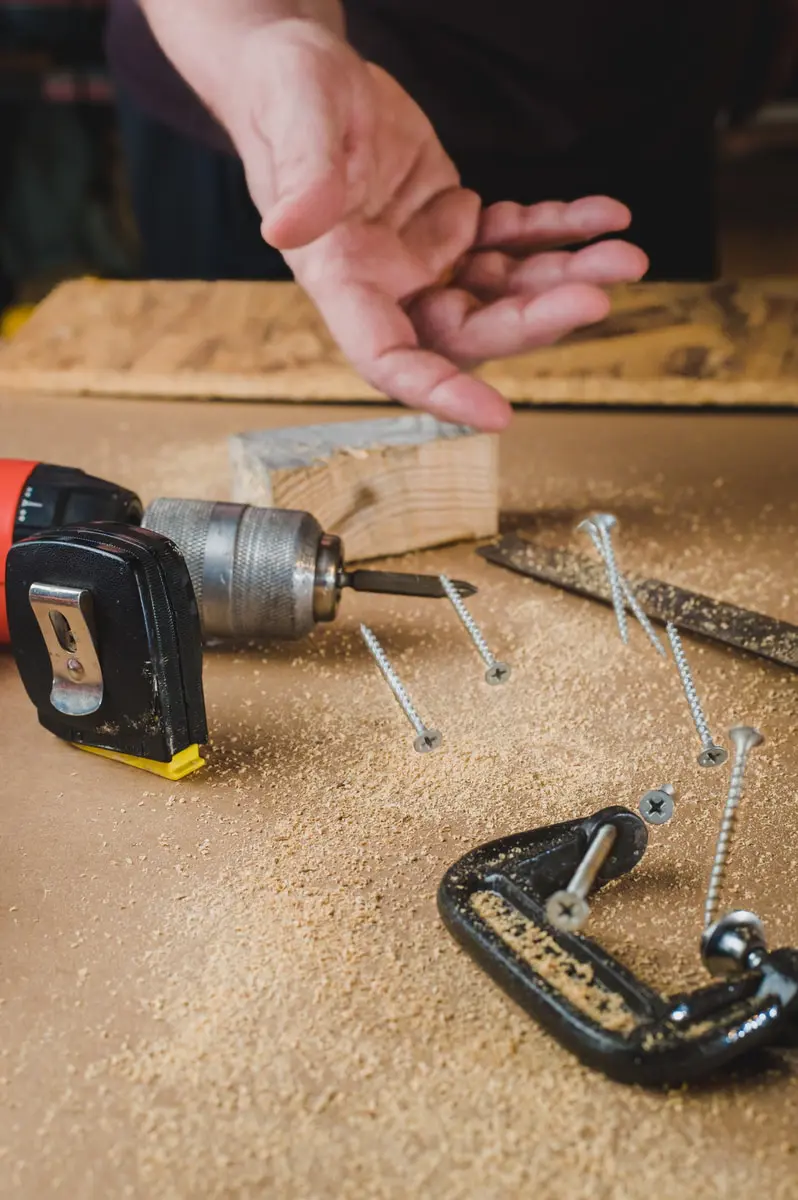- Mantels can be attached using screws, anchors, glue, clamps- it basically depends whether your mantel has or doesn’t have a surround
- Standalone floating fireplace mantels (not attached to surrounds) may be attached to a wall with lag screws, or placed onto a backboard.
- Mantels that are part of a complete surround for a fireplace can be screwed into a wall using brackets
- Plastic anchors are good when you’re working with brick fireplaces for a floating effect
Contents
Attaching Mantels With Surrounds
If your mantel has a surround, watch the video above for a full DIY demonstration.
Attaching Mantels Without Surrounds
If your mantel has no surround and you’re going for a floating effect, check out how This Old House does it.
The mantel is a key focal point in any home. It’s the perfect place to show off your family’s treasured heirlooms, or hang a Christmas stocking.
This floating mantel is a great solution for people who want the mantel to be the center of attention in their home, but are short on space.
Fireplace mantels come in various shapes and styles, from simple plywood or MDF to more ornate designs.
No matter which type of fireplace mantle you have, the method for attaching it to your wall is the same: you want to create a solid connection between the fireplace and your wall using screws and anchors while allowing for seasonal wood movement.
Common Ways To Attach A Mantel
Screws
Many types of masonry materials expand and contract as they get hot and cold, so by screwing into the backs of the fireplace itself or into some framing members that run behind it, you can secure your new mantel.
You need to drill pilot holes first, then attach them with screws that are long enough not only to go through the mantle and drywall but also penetrate your studs or wood backing. If your fireplace is made of brick or stone with a tile-like finish, you might need to remove those tiles first.
In most cases, these screws run up from behind the mantel through a couple of studs and into the top of the mantle. Drilling pilot holes about an inch deep helps avoid splitting the mantel and damaging any wiring running inside it.
You can then drive long screws right into the pilot holes to anchor it securely in place. Screwing directly through a fireplace isn’t recommended because there are usually metal gas lines under them which could be crushed if too much pressure is applied during assembly.
Anchors
You can also secure your fireplace mantle to studs and wood backing by using hollow wall anchors and plastic expansion bolts, which are inserted into drill holes in the fireplace itself.
Hollow wall anchors come in a variety of sizes depending on what size cord you need to insert through them; use the right size for your gas line.
When drilling pilot holes, be sure to stop when you hear a change in pitch from the bit hitting the hollow center of the anchor. You might want to mark one side with a black marker, so you know where it is.
That way, once you’ve drilled all the way through, your mantle will still be securely attached. Expansion bolts swell when tightened, so they provide an even more secure connection than tapered anchors do.
Clamps and L-brackets
Clamping the mantel to the wall is another option if you’ve got a brick or stone fireplace. Use several clamps for this; space them out along the length of the mantle and tighten them securely, but not too tightly.
Once you’ve made that, drill pilot holes into your wall studs through the mounting brackets on your brackets, make sure you don’t drill into any electrical wires in the wall, then add wood screws to secure it further.
If you want to attach an overmantel above a smaller mantel (one with no firebox underneath), connecting it with L-brackets might be easier than dealing with anchors and screws.
Of course, make sure whatever wood you’re attaching it to is strong enough to support your overmantel.
Molding or molding mounts

Depending on your fireplace style, you can attach the mantel using molding mounts in numerous ways. The most popular method is to use metal straps with pre-drilled holes for hanging on framing studs.
You might be able to do this yourself with little trouble, but it gets easier when attaching larger ones if two people are available.
If you use mounting plates instead of straps, they’re less noticeable, so they work great for covering up small gaps between your mantle and your fireplace wall
Summing Up
Conversely, if you’re using a solid piece of wood for your mantel that’s heavy or incredibly ornate, you’ll want to be sure to check with the manufacturer about the best way to attach it before just drilling screws into it.
Some types of wood can crack when they expand and contract in heat or cold (learn how to protect mantels against heat); others might be very hard or soft. Either way, knowing how to attach them safely will ensure that you won’t accidentally damage them at some point in the future.
In Summary
I built my own mantel because I wanted to have something that was unique and that I could call my own.
I had a few inspirations for the design of the mantel. The first was something that I saw in a magazine and the second was a picture of a mantel that someone else had built on Pinterest.
I wanted to make it look like it was part of the room so I went with the color scheme of our living room – browns, tans, and greens. Then, just for fun, I added some flowers in there too!
I started by measuring the area where the mantel would go and then using those measurements to cut out boards from my plywood sheet.
The mantel is not only a place to display your most treasured family photos. It also serves as an excellent spot for displaying your favorite things.
There are plenty of ways to make your mantel more interesting. You can paint it, add a shelf, or hang some decorative items on it. But one of the easiest ways is to use floating shelves.
They’re perfect for holding decorations and they can be placed in any shape or size you want!


